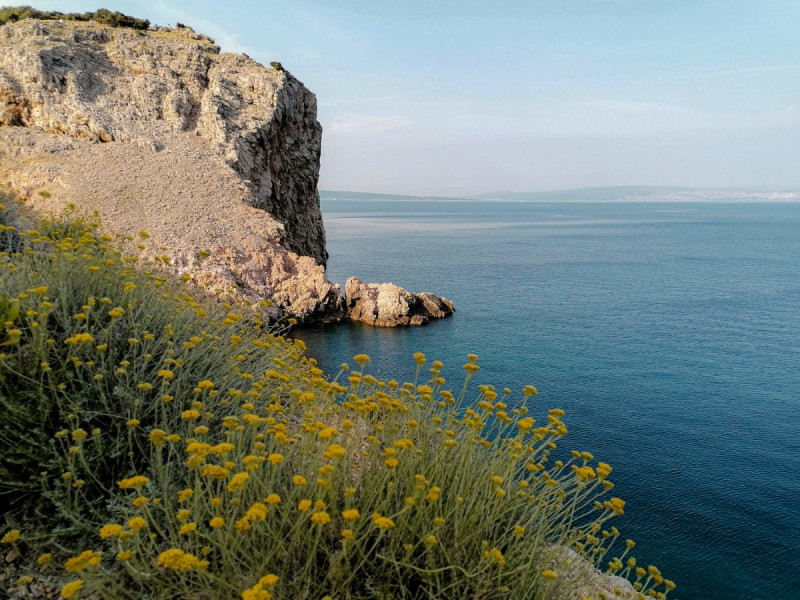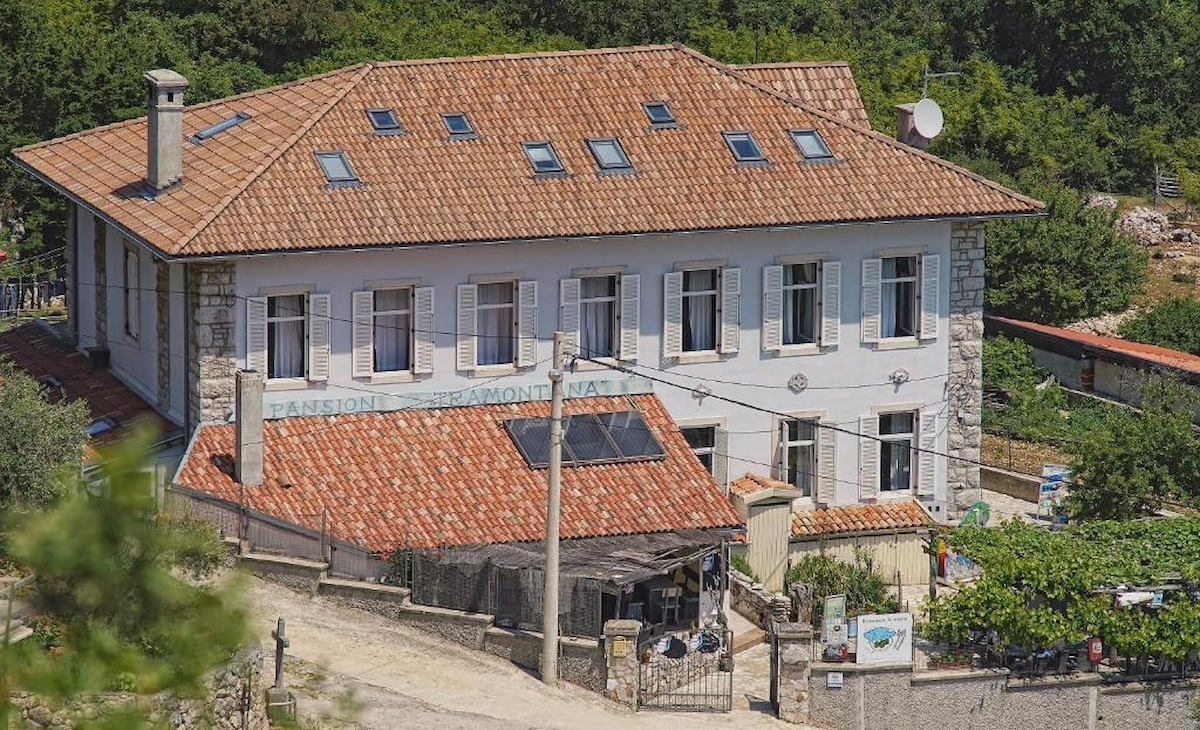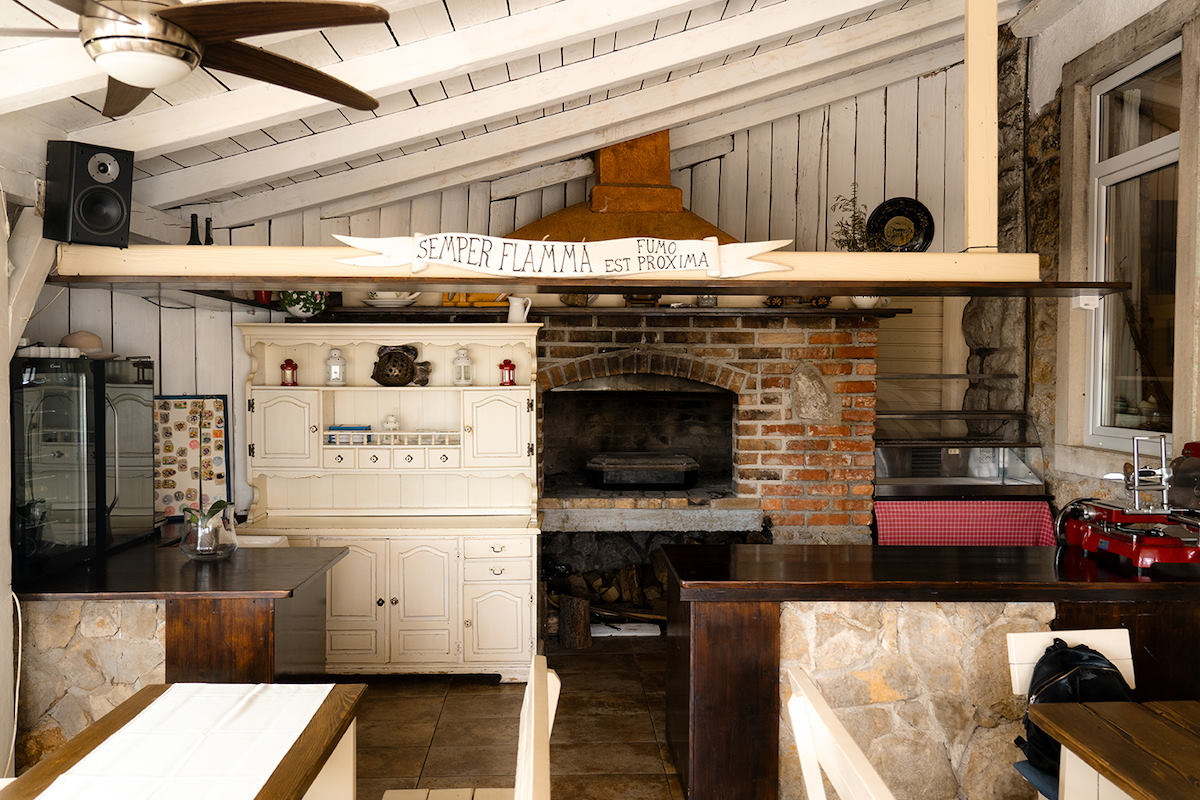Posebna ponuda

01.05.2025. - 19.06.2025.
Paket aranžman
3 dana opuštanja uz polupansion
Proljeće na Cresu – Raj za eko turiste! 🌿
Kad se priroda budi, Cres postaje čarobna destinacija za sve ljubitelje prirode i eko-turiste!
Smještaj: Dvokrevetna soba
Trajanje: 3 dana / 2 noćenja
Dostupno: Isključivo za boravke između ponedjeljka i petka
Usluga: Polupansion (uključen doručak i večera)
Cijena paketa: od 190 eura za 2 osobe
Ponuda uključuje:
✅ Welcome drink
✅ Mapu šetnica
✅ Ulaznicu u Visitor centar Beli
✅ Jedno dijete do 7 godina u dvokrevetnoj sobi s roditeljima boravi besplatno
Upotrijebite kod prilikom rezervacije!

